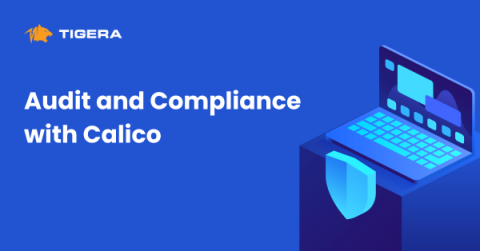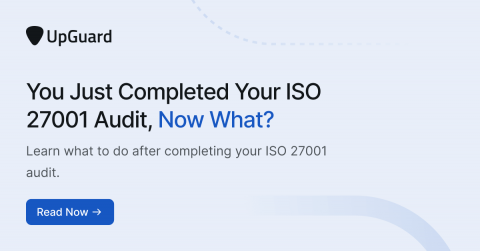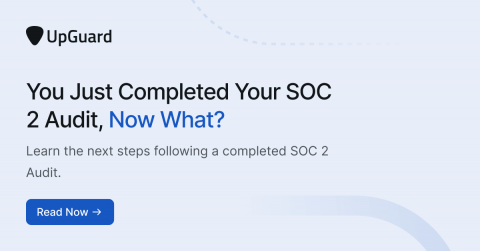Security | Threat Detection | Cyberattacks | DevSecOps | Compliance
Audit
What Are the Types of Audit Evidence?
The collection and evaluation of audit evidence plays an important role in assessing an organization’s compliance with established standards. The American Institute of Certified Public Accountants (AICPA) serves as a guiding force, establishing methods that auditors should use to carry out their duties effectively. As auditors start their examination, they first collect and analyze various types of audit evidence, each serving as a piece of the puzzle that forms the auditor’s report.
Audit and Compliance with Calico
In this blog post, I will be talking about audit and compliance and how to implement it with Calico. Most IT organizations are asked to meet some standard of compliance, whether internal or industry-specific. However organizations are not always provided with the guidance to implement it. Furthermore, when guidance has been provided, it is usually applicable to a more traditional and static environment and doesn’t address the dynamic nature of Kubernetes.
What is Continuous Auditing?
6 Benefits of Internal Auditing
You Just Completed Your ISO 27001 Audit, Now What?
You Just Completed Your SOC 2 Audit, Now What?
PCI DSS 4.0: How to Delight the Auditors
While we all know the actual point of PCI is vastly more far-reaching, we can’t deny that the juggernaut of PCI DSS 4.0 compliance is getting past the auditors. However, there is a right way to do it that doesn’t just check the box – it creates the underlying business operations that enable you to pass an audit any day, at any time, with just the processes you have in hand. Here’s how.
What Is Cyber Security Audit and How Is It Helpful for Your Business?
What Is a Security Audit - A Comprehensive Take
Companies nowadays deal with vast amounts of data that are sensitive and to be protected at all times. While measures are adopted by them to ensure the safety of their applications and data, it is prudent to regularly test the efficacy of the adopted security measures.









